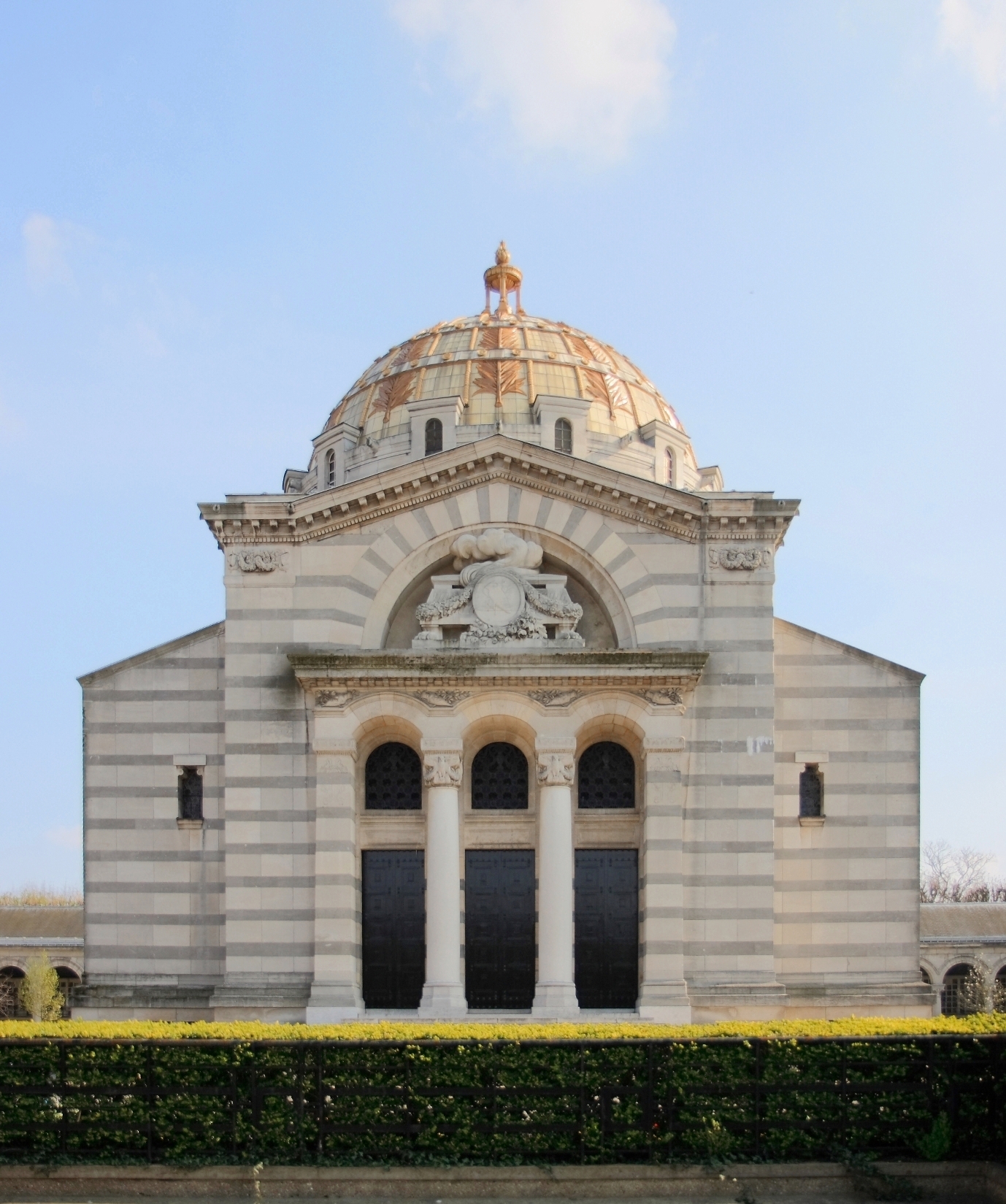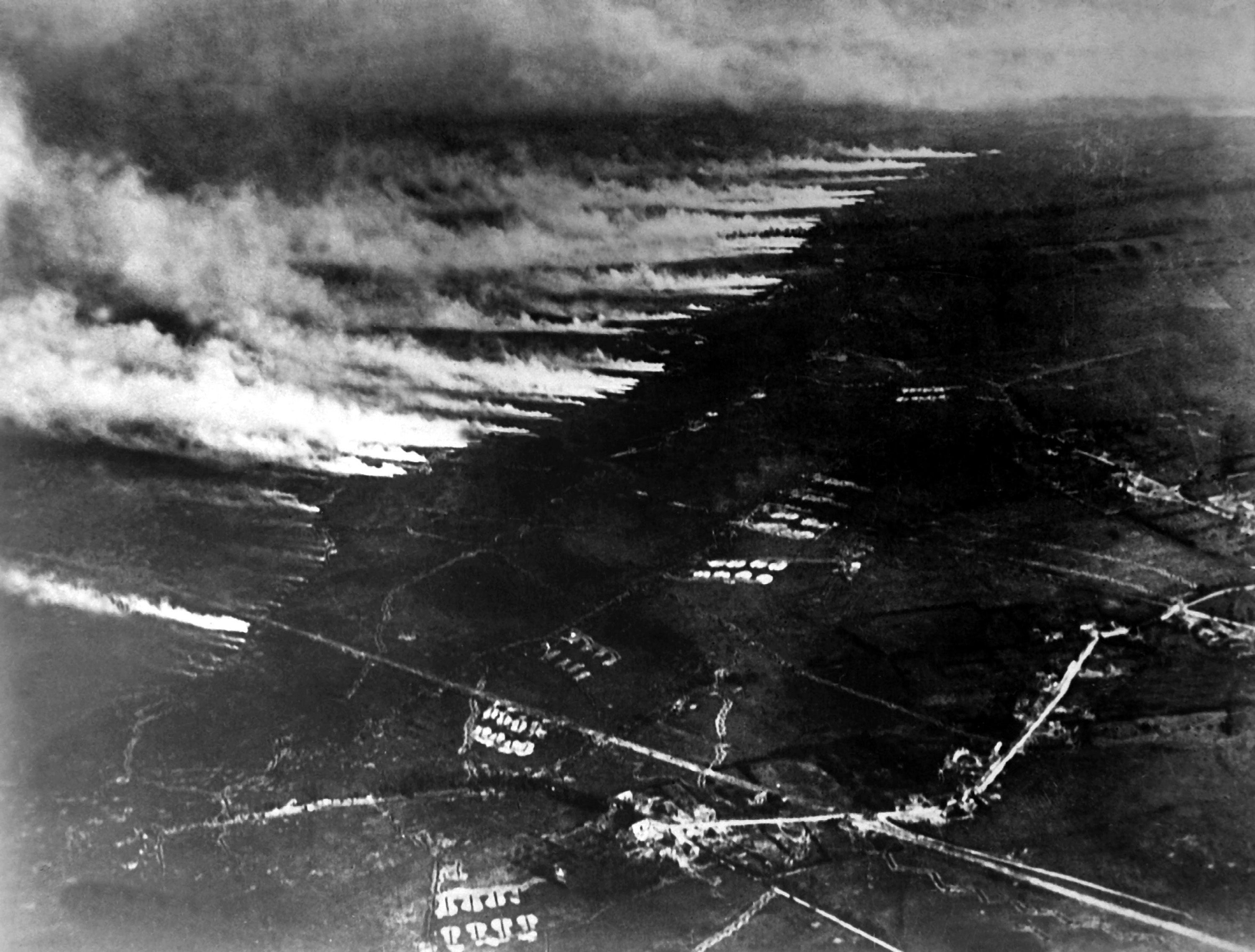|
Maurice Biais
Maurice Amédée Louis Biais (shortened as Maurice Biais) (30 December 1872 – 8 April 1926) was a French painter, draughtsman and illustrator. Biography From 1899, he designs furniture for ''La Maison Moderne'', an art gallery founded by Julius Meier-Graefe. He designed leather goods for the shop, as well.R. Aubry, ''Documents sur l'art industriel au vingtieme siecle: reproductions photographiques des principales œuvres des collaborateurs de La Maison moderne'' (Paris: Édition de La Maison moderne, 1901) He married Jane Avril in 1911. They lived in Jouy-en-Josas until his death in 1926, which has been attributed to his having been gassed during World War I. Works * Modern Style (1902) * Les Five o'clock de Paulette Darty * La Maison moderne (1902) * Ville de Nîmes. Fêtes de charité 13, 14 et 16 février 1904 * Scala (1901) * Series for Saharet (1902) * Jane Avril * Erard Pianos * Reuter's soap for the complexion and toilet * Quinquina Vouvray au vin blan ... [...More Info...] [...Related Items...] OR: [Wikipedia] [Google] [Baidu] |
Corbeil-Essonnes
Corbeil-Essonnes () on the River Seine is a commune in the southern suburbs of Paris, France. It is located from the center of Paris. Although neighboring Évry is the official seat of the Arrondissement of Évry, the sub-prefecture building and administration are located inside the commune of Corbeil-Essonnes. History Traces of human presence in the area date to the Palaeolithic and Neolithic ages; later it was a Gallo-Roman settlement on the main road from Paris to Sens. The name Corbeil is derived from the Latin ''Corbulium'', from the Gaulish ''cor beel'', meaning "holy house". Since the time of Aymon, comte de Corbeil (died 957), to the 12th century it was the chief town of a powerful county, which passed to Mauger, son of Richard I of Normandy. William de Corbeil (died 1136) became archbishop of Canterbury, but nothing is known for certain about his parentage. The Gothic church was built in the tenth century and rebuilt in the fifteenth century. Before the exp ... [...More Info...] [...Related Items...] OR: [Wikipedia] [Google] [Baidu] |
Père Lachaise Cemetery
Père Lachaise Cemetery (french: Cimetière du Père-Lachaise ; formerly , "East Cemetery") is the largest cemetery in Paris, France (). With more than 3.5 million visitors annually, it is the most visited necropolis in the world. Notable figures in the arts buried at Père Lachaise include Michel Ney, Frédéric Chopin, Émile Waldteufel, Édith Piaf, Marcel Proust, Georges Méliès, Marcel Marceau, Sarah Bernhardt, Oscar Wilde, Thierry Fortineau, J.R.D. Tata, Jim Morrison and Sir Richard Wallace. The Père Lachaise is located in the 20th arrondissement and was the first garden cemetery, as well as the first municipal cemetery in Paris. It is also the site of three World War I memorials. The cemetery is located on the Boulevard de Ménilmontant. The Paris Métro station Philippe Auguste on Line 2 is next to the main entrance, while the station Père Lachaise, on both Line 2 and Line 3, is 500 meters away near a side entrance. History and description Origin The cemetery of ... [...More Info...] [...Related Items...] OR: [Wikipedia] [Google] [Baidu] |
Art Nouveau
Art Nouveau (; ) is an international style of art, architecture, and applied art, especially the decorative arts. The style is known by different names in different languages: in German, in Italian, in Catalan, and also known as the Modern Style in English. It was popular between 1890 and 1910 during the Belle Époque period, and was a reaction against the academic art, eclecticism and historicism of 19th century architecture and decoration. It was often inspired by natural forms such as the sinuous curves of plants and flowers. Other characteristics of Art Nouveau were a sense of dynamism and movement, often given by asymmetry or whiplash lines, and the use of modern materials, particularly iron, glass, ceramics and later concrete, to create unusual forms and larger open spaces.Sembach, Klaus-Jürgen, ''L'Art Nouveau'' (2013), pp. 8–30 One major objective of Art Nouveau was to break down the traditional distinction between fine arts (especially painting and sculptu ... [...More Info...] [...Related Items...] OR: [Wikipedia] [Google] [Baidu] |
Drawing
Drawing is a visual art that uses an instrument to mark paper or another two-dimensional surface. The instruments used to make a drawing are pencils, crayons, pens with inks, brushes with paints, or combinations of these, and in more modern times, computer styluses with graphics tablets or gamepads in VR drawing software. A drawing instrument releases a small amount of material onto a surface, leaving a visible mark. The most common support for drawing is paper, although other materials, such as cardboard, vellum, wood, plastic, leather, canvas, and board, have been used. Temporary drawings may be made on a blackboard or whiteboard. Drawing has been a popular and fundamental means of public expression throughout human history. It is one of the simplest and most efficient means of communicating ideas. The wide availability of drawing instruments makes drawing one of the most common artistic activities. In addition to its more artistic forms, drawing is frequentl ... [...More Info...] [...Related Items...] OR: [Wikipedia] [Google] [Baidu] |
Art Museum
An art museum or art gallery is a building or space for the display of art, usually from the museum's own Collection (artwork), collection. It might be in public or private ownership and may be accessible to all or have restrictions in place. Although primarily concerned with Visual arts, visual art, art museums are often used as a venue for other cultural exchanges and artistic activities, such as lectures, performance arts, music concerts, or poetry readings. Art museums also frequently host themed temporary exhibitions, which often include items on loan from other collections. Terminology An institution dedicated to the display of art can be called an art museum or an art gallery, and the two terms may be used interchangeably. This is reflected in the names of institutions around the world, some of which are called galleries (e.g. the National Gallery and Neue Nationalgalerie), and some of which are called museums (including the Metropolitan Museum of Art, the Museum of M ... [...More Info...] [...Related Items...] OR: [Wikipedia] [Google] [Baidu] |
Julius Meier-Graefe
, ro, Reșița), Resicabánya Dist., Krassó-Szörény Co, Bánság, Royal Hungary, Imperial and Royal Austria(now Romania) , death_date = , death_place = Vevey, VD, Switzerland , nationality = German, Hungarian German , occupation = Art critic, novelist Julius Meier-Graefe (10 June 1867 – 5 June 1935) was a German art critic and novelist. His writings on Impressionism, Post-Impressionism as well as on art of earlier and more recent generations, with his most important contributions translated into French, Russian and English, are considered to have been instrumental for the understanding and the lasting success of these artistic movements. Biography Meier-Graefe was born in Reschitz, Banat, Hungary, then part of the Austro-Hungarian Empire, and now located in modern Romania. He was the grandson of ( he, מוריץ הרמן אדוארד מאייר), and son of , a government civil engineer, and Marie Theresie (Marie-Thérèse) ... [...More Info...] [...Related Items...] OR: [Wikipedia] [Google] [Baidu] |
Jane Avril
Jane Avril (9 June 186817 January 1943) was a French can-can dancer made famous by Henri de Toulouse-Lautrec through his paintings. Extremely thin, "given to jerky movements and sudden contortions", she was nicknamed ''La Mélinite'', after an explosive. Biography She was born Jeanne Louise Beaudon on 9June 1868 in Belleville, in the 20th arrondissement of Paris (though her biographer, Jose Shercliff—whose account of the dancer's life is highly romanticised—employed the surname “Richepin” in her publication). Her mother Léontine Clarisse Beaudon was a prostitute who was known as "La Belle Élise", and her father was an Italian aristocrat named Luigi de Font who separated from her mother when Avril was two years old. Avril was raised by her grandparents in the countryside until her mother took her back with the intent of turning her into a prostitute. Living in poverty and abused by her alcoholic mother, she ran away from home as a teenager, and was eventually admitte ... [...More Info...] [...Related Items...] OR: [Wikipedia] [Google] [Baidu] |
Jouy-en-Josas
Jouy-en-Josas () is a commune in the Yvelines department in the Île-de-France region in north-central France. It is located in the south-western suburbs of Paris, from the center of Paris. Jouy-en-Josas is home to the main campus of HEC School of Management. Geography Jouy-en-Josas is four kilometres to the south-east of Versailles, and 19r km to the south-west of Paris, in the middle of the valley of the Bièvre river. A town with nearly eight thousand inhabitants, half of Jouy-en-Josas is covered by forest. The communes that surround Jouy-en-Josas are Vélizy-Villacoublay, to the north-east, Bièvres to the east, Saclay to the south, Toussus-le-Noble to the extreme south-west, Les Loges-en-Josas to the west, Buc to the north-west and Versailles to the north-north-west. History ''Jouy'' is a direct translation of Latin ''gaudium'', both meaning "joy". Josas was the ancient name of an archdiaconate of the archbishop of Paris. Although many discoveries i ... [...More Info...] [...Related Items...] OR: [Wikipedia] [Google] [Baidu] |
Chemical Weapons In World War I
The use of toxic chemicals as weapons dates back thousands of years, but the first large scale use of chemical weapons was during World War I. They were primarily used to demoralize, injure, and kill entrenched defenders, against whom the indiscriminate and generally very slow-moving or static nature of gas clouds would be most effective. The types of weapons employed ranged from disabling chemicals, such as tear gas, to lethal agents like phosgene, chlorine, and mustard gas. This chemical warfare was a major component of the first global war and first total war of the 20th century. The killing capacity of gas was limited, with about 90,000 fatalities from a total of 1.3 million casualties caused by gas attacks. Gas was unlike most other weapons of the period because it was possible to develop countermeasures, such as gas masks. In the later stages of the war, as the use of gas increased, its overall effectiveness diminished. The widespread use of these agents of chemical w ... [...More Info...] [...Related Items...] OR: [Wikipedia] [Google] [Baidu] |
Paulette Darty By Maurice Biais (1902) , Manchester born DJ famous for Flesh Club Nights Hacienda Manchester, UK
{{disambiguation ...
Paulette may refer to: * Paulette (name), French feminine given name * Paulette (tax) * Paulette Caveat - a caveat filed in 1973 by a group of Dene chiefs at the land titles office in Yellowknife, Northwest Territories to gain a legal interest in 400,000 square miles of land in northern Canada * ''Paulette'' (comics) (1971) by Georges Wolinski * ''Paulette'' (film), a 2012 film *DJ Paulette DJ Paulette (born Paulette Constable, 22 December 1966 in Manchester, England) is an English house music DJ. She is currently a resident for two radio programs on FG DJ Radio: Underground FG and Radio FG Paris France and hosts Space Bass on Dash ... [...More Info...] [...Related Items...] OR: [Wikipedia] [Google] [Baidu] |
Saharet
Paulina Clarissa Molony (23 March 1878 – 24 July 1964), known professionally as Saharet, was an Australian dancer who performed in vaudeville music houses as well as in Broadway productions in the United States as well as in Europe, earning considerable fame and notoriety.Saharet at the ''History of Australian Theatre Archive,'' compiled by Leann Richards. Accessed 19 July 2017 Early life Saharet was born Paulina Clarissa Molony on 23 March 1878 in Richmond, a suburb of to Irish-born tailor Benjamin Robert Molony and Elizabeth Foon (born 1858), a woman of part Chinese ancestry from |
.jpg)






_(page_259_crop).jpg)